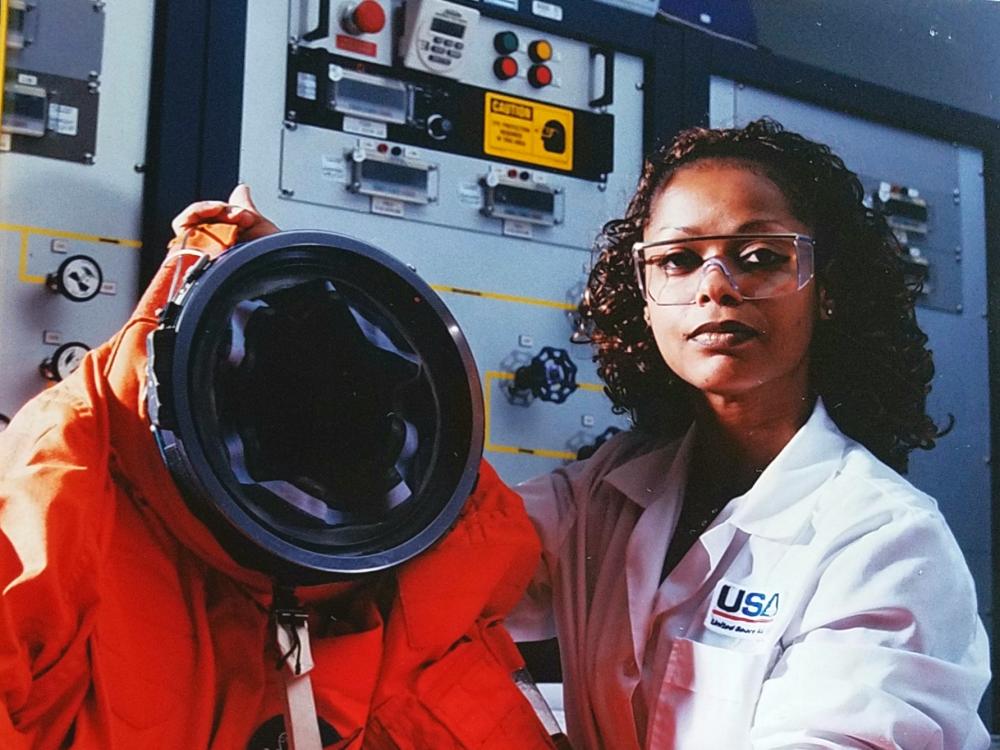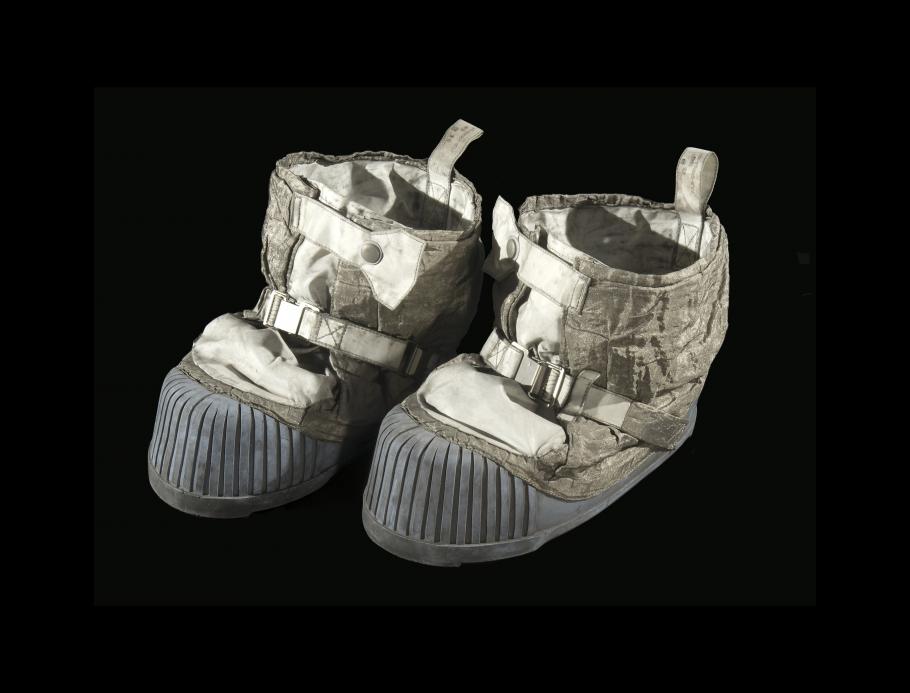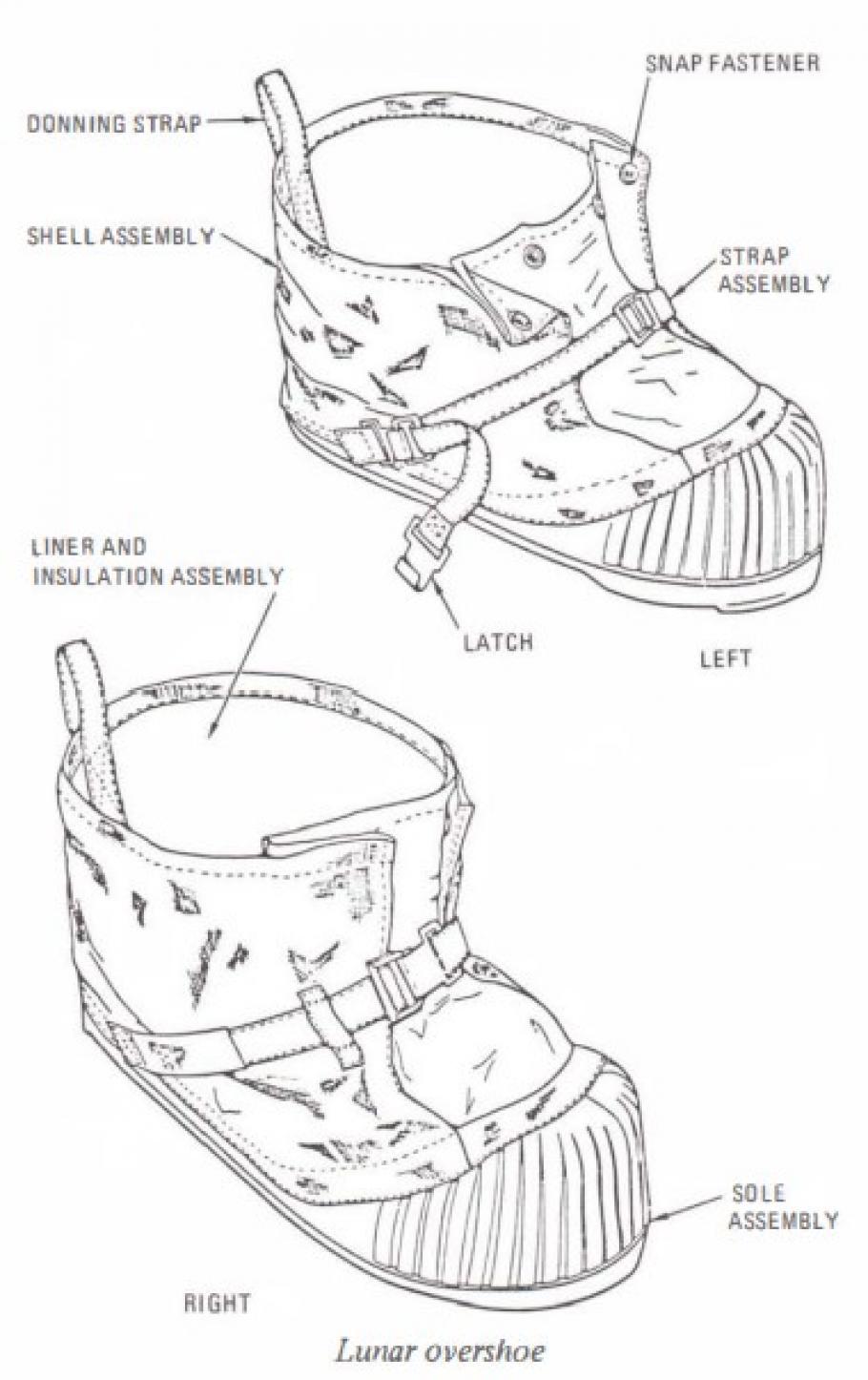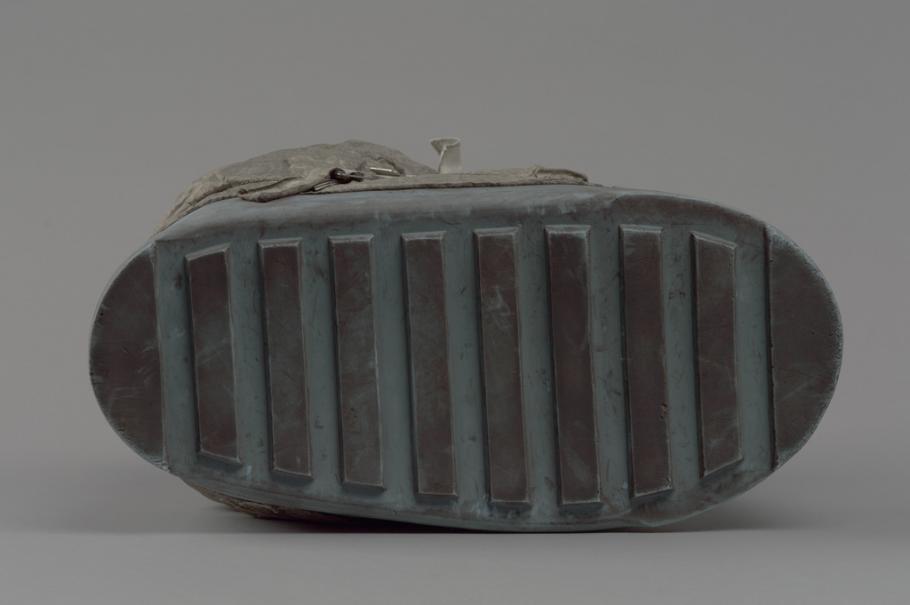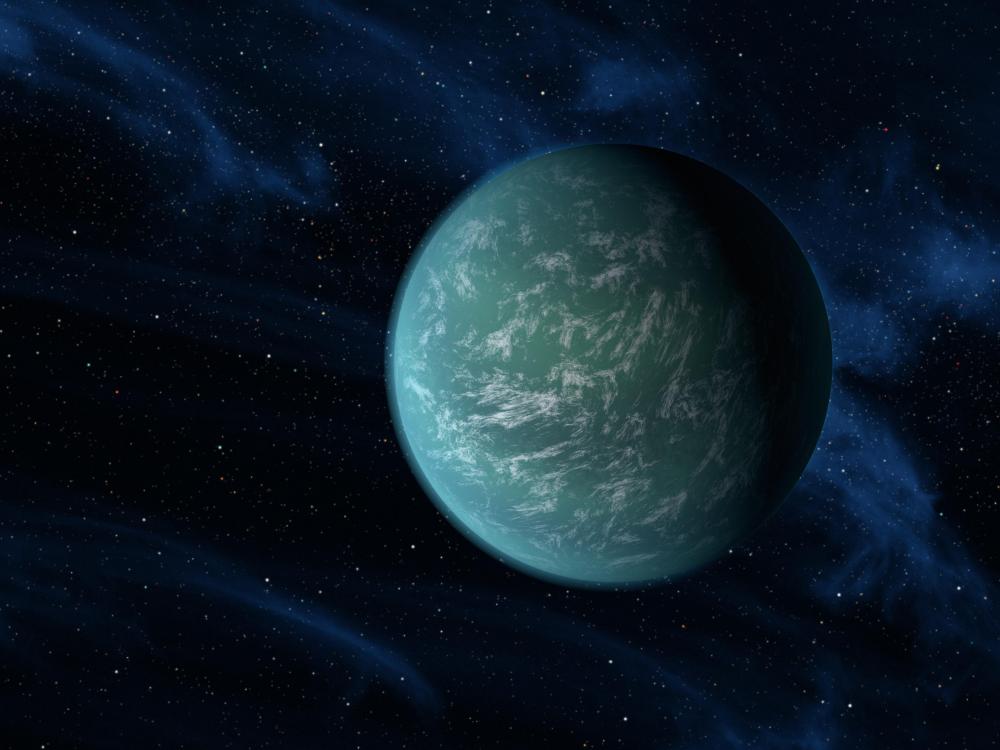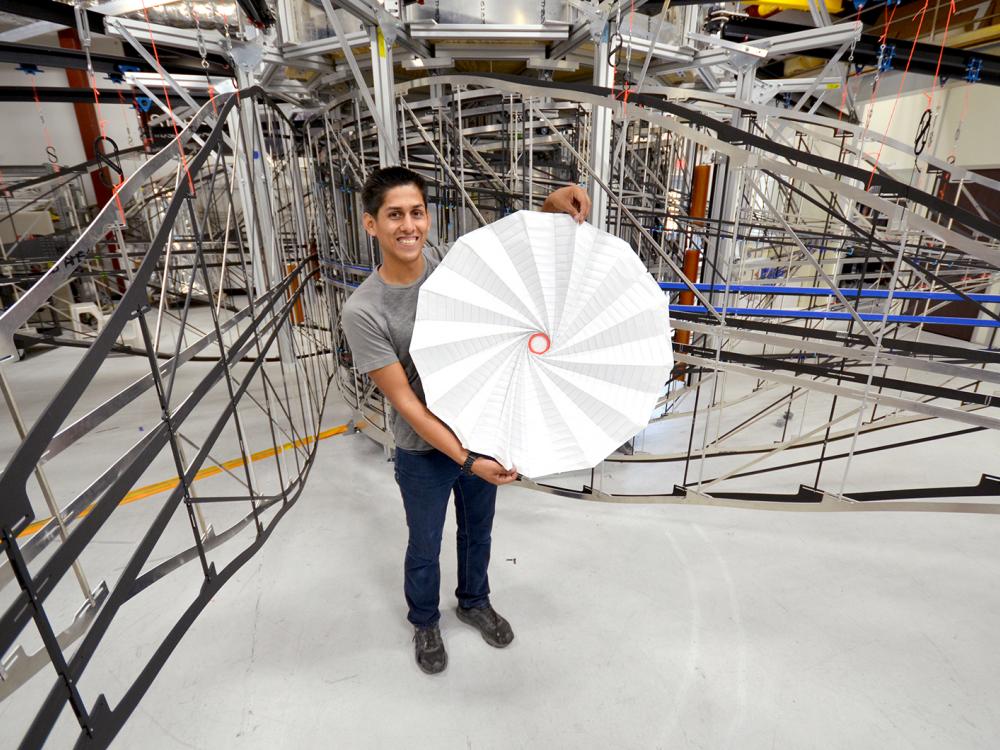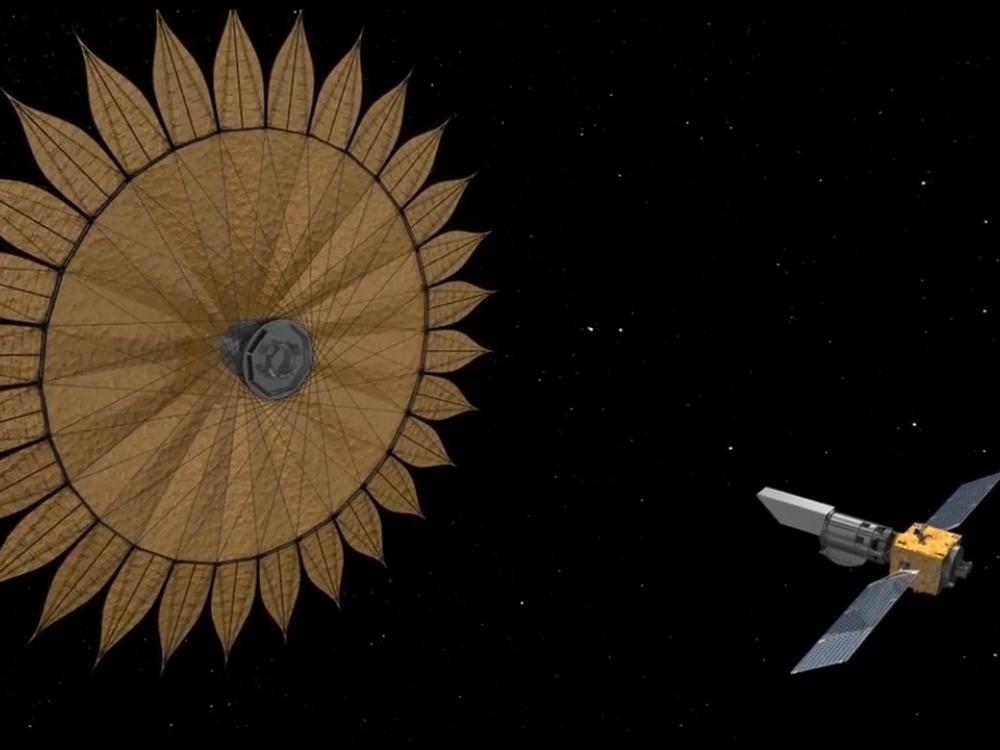Space is a lot different from our home environment of Earth.
The Earth's magnetic fields protects us from harmful radiation (high energy particles) from the Sun and other stars. The Earth's atmosphere protects us from the cold temperatures of space and provides us with air to breathe.
When people and spacecraft go into space, they have to be protected. This takes a lot of research and design.
Because of this, there are many important jobs that prepare astronauts and spacecraft for the harsh environment of space. Learn more about these jobs in the activities below!
This image shows how the Earth's magnetic fields protect us from radiation from the Sun.

